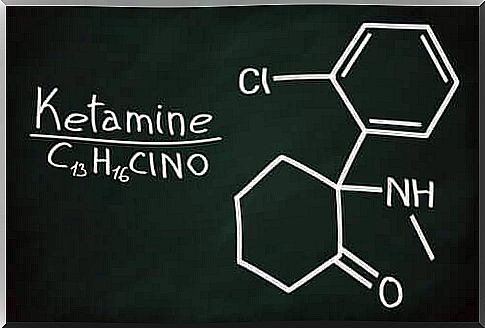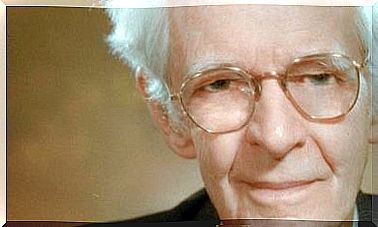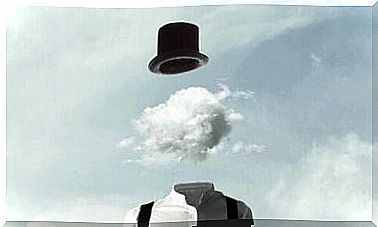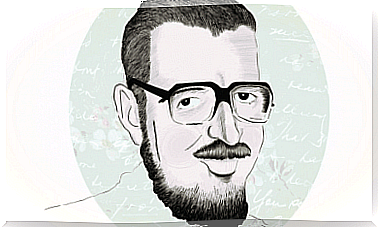Ketamine: Far Beyond Anesthesia

“I saw a light at the end of the tunnel. ” It is the well-known phrase that the mass media, through popular culture, send us as a representation of what some consider “out of body experiences” or “near death”. However, in addition to supernatural considerations, there is a well-known anesthetic drug that may be behind some of these experiences: ketamine.
Some of the people who report these out-of-body escape experiences and their perception – from a point of view far from the physical body itself – were being operated on under the sedative effects of ketamine.
We are talking about a drug that has powerful psychotropic properties. These popular phenomena of escape and tunnel travel at the time of death thus found scientific logic.
Ketamine is capable, like other recreational drugs, of generating phenomena of perceptual dissociation in which the composition of perceptions, in any sensory modality – including the perception of time and of oneself as a whole different from the external – occurs in a disorderly or illogical way .
Therefore, the final perceptual phenomenon appears distorted, mixed: intermodal sensory transfers occur (such as hearing a color, tasting a sound, etc.) and, in more extreme cases, the directional sense of time changes or reverses, expands or it contracts, and the person fails to recognize his own physical limits and bodily limbs.
Multisensory hallucinations – visual, auditory, gustatory, tactile and olfactory – often occur, as does the ‘in situ’ experience of true episodes that alter the individual’s spatiotemporal perception of the present moment and place – a phenomenon informally known as ‘travel’.

In controlled and therapeutic doses, such as on an operating table, these psychoactive effects are reversible and transient. However, when taken in higher doses, ketamine can induce a deep dissociative state (popularly known as “hole K”).
It can also lead to a perception of extreme unreal things, people and situations, difficult to reconcile with reality itself and with a high risk of causing sequelae or promoting psychotic episodes in people with a biological predisposition to it.
This problem has made the use of ketamine a highly controversial issue, so its legal use in humans has been restricted in recent years – sometimes used only as a last resort -, remaining as the anesthetic of choice in major veterinary surgeries.
What is Ketamine?
Ketamine is a type of drug used primarily for the induction and maintenance of anesthesia in human surgery, both adult and pediatric. It has the ability to induce a trance state while providing :
- Pain relief.
- Sedation.
- Memory loss.
In addition to its surgical use, which also occurs in veterinary science, ketamine is used in the treatment of chronic pain and for rapid sedation in the Intensive Care Unit (ICU).
While the drug exerts its effects, a relative preservation of cardiac, respiratory and reflex functions is observed. Usually, only when the effects start to fade do undesirable side reactions appear, such as :
- Elevated blood pressure.
- Respiratory depression.
- Involuntary muscle contractions.
- Agitation.
- Confusion.
- Hallucinations.
These are the effects attributable to this drug when it is used illegally and for recreational purposes in higher doses, or administered in a way other than strictly clinical.
Alternative Uses of Ketamine
Despite its bad reputation, the political and legal barriers that surround this substance – now widely considered an addictive drug -, the reluctance of the clinical, pharmaceutical and patient community itself, numerous researches on alternative uses have been carried out.
Its mechanism of action is the selective blockade of the well-known NMDA receptor (N-methyl-d-aspartate), which, in addition to globally reducing brain activity, also hinders memory retention and temporarily relieves depressive symptoms.
This action, together with its pharmacokinetics and pharmacodynamics, makes ketamine a powerful anesthetic and sedative – very practical for medical applications – but it also makes it a strong dissociative drug, precisely because of its binding with the NMDA receptor.
In addition to the uses mentioned – considered ‘typical’ in clinical practice – there are other less explored uses for which ketamine appears to be an effective alternative :
- As an adjunct in the treatment of depression.
- As a hypnotic or sleep inducer.
- To reduce the incidence of epileptic seizures.
- As a neuroprotector, especially in cases of brain damage.
- To help mitigate the effects of post-traumatic stress disorder and also to treat obsessive-compulsive disorder.
- As a reducer of asthma symptoms.

Combating depression
Among all the new and surprising uses attributable to ketamine, the one that seems to arouse the most interest, and which by all indications will have clinical application and commercialization sooner, is its use as a complement to antidepressant treatment.
In this sense, and far from the widely accepted monoaminergic hypothesis that for so many decades has fueled research and the generation of families of antidepressant medications, the real news is that, precisely, the most benefited are those who responded worse to the common antidepressant .
That is, ketamine works where other antidepressants don’t. It is working well in people whose depression is resistant to common medications, a result few scientists thought they would find.
Sometimes the solutions are much closer than we think; our eagerness for great deeds makes us look to new horizons when, possibly, we have an answer right in front of us.









